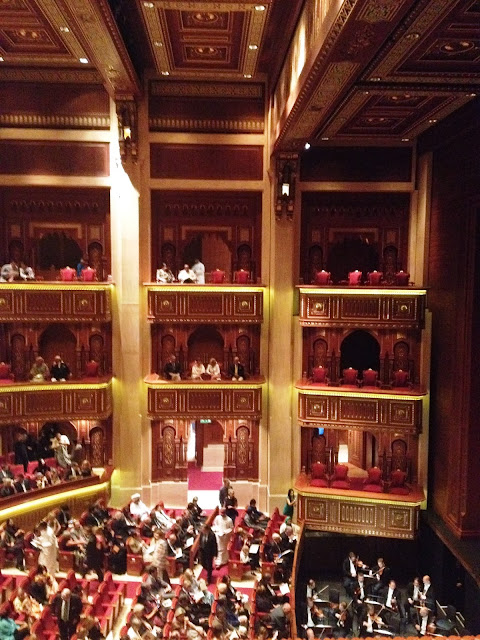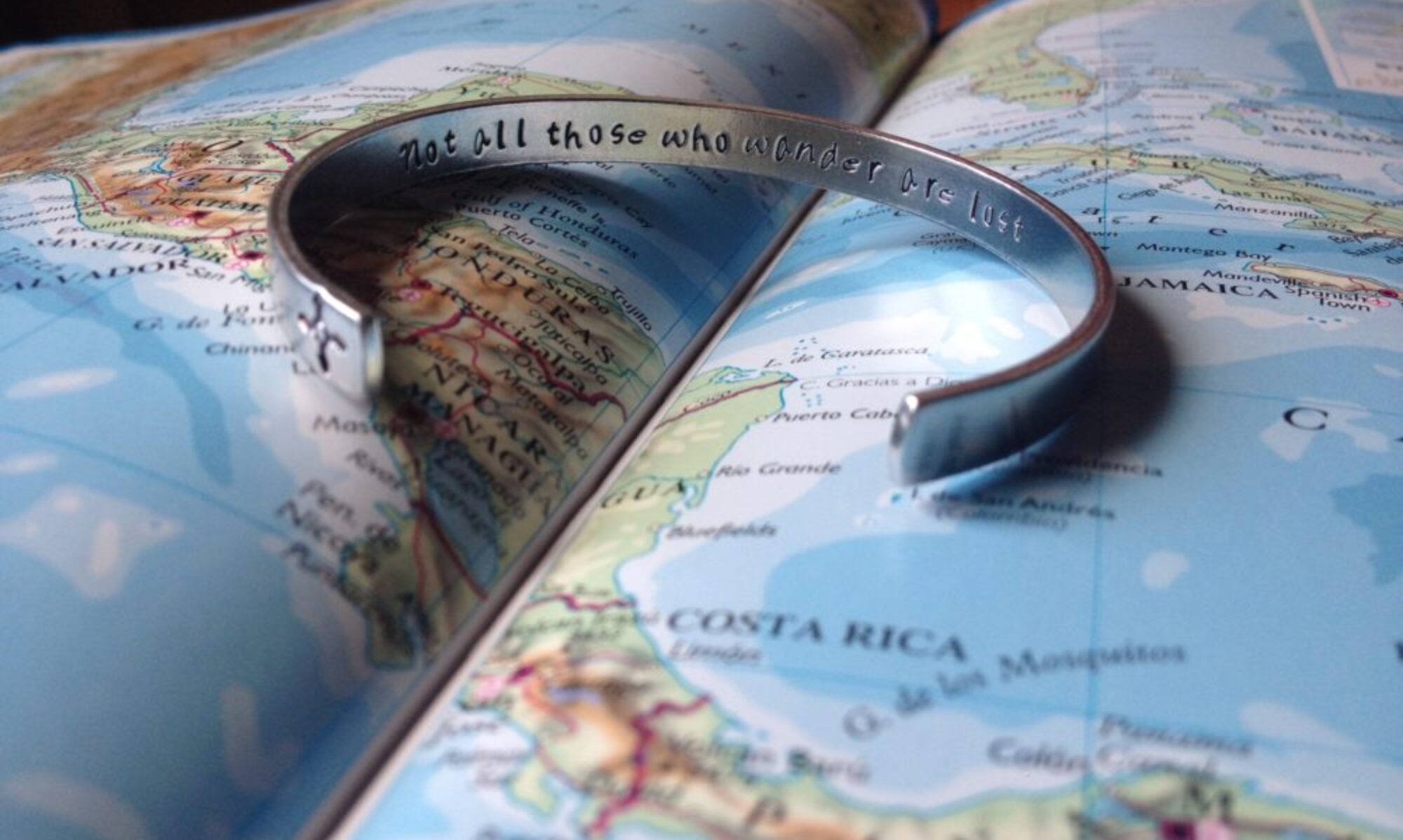For someone who has been raised on western classical music, fed Mozart before baby food and seen their father polish the Beethoven bust every Friday morning, it is quite unnatural to have seen their first opera at the age of 26.
But the Royal Opera House in Muscat is a fairly new concept, and it wasn’t really opera season when we visited Austria so when I saw that
‘The Marriage of Figaro’ was opening this season presented by the Vienna State Opera, nothing could stop me from booking box seats.
 |
| ROH, Muscat |
 |
| Box seats, yay! |
 |
| The orchestra and the stage |
 |
| The absolutely stunning interiors |
It gives me gooseflesh to recall that this opera premiered on May 01, 1786 at the Burgtheater in Vienna and has been established as one of Mozart’s most celebrated work. And I can vouch that over the past two centuries, its lustre has not dimmed.
The Marriage of Figaro (Le nozze di Figaro, in Italian) is set in Count Almaviva’s castle in Seville in the late 18th Century. It is based on Beaumarchais’s 1784 play La Folle Journée, ou Le Mariage de Figaro, a sequel to his earlier play, Le Barbier de Séville (The Barber of Seville), familiar to opera audiences through Rossini’s great opera (which premiered in 1816). In the former, Count Almaviva, with substantial help from Figaro, wooed and won the lovely Rosine away from her crusty old ward and would-be husband, Dr. Bartholo.
In The Marriage of Figaro, Beaumarchais continued their story. Treachery, comedy and confusion followed! For first timers, the three hours to sit through would appear to be quite the task – however with English subtitles, it was quite enjoyable.
To come to think of it, operas were the movies of the 17th century – that people got dressed to and spent hours of time in. The creations of the Baroque period by musicians and their librettists were beyond extraordinary and I find myself thinking how come the world hasn’t been able to replicate even a fraction of that talent in the last couple of centuries.
Stepping out to the clacking of heels on the marble floor of the Royal Opera House, I couldn’t stop humming ‘Se Vuol Ballare’ ,thinking of Fiagro’s baritone. Here is my favourite Aria from the Marriage of Figaro!
